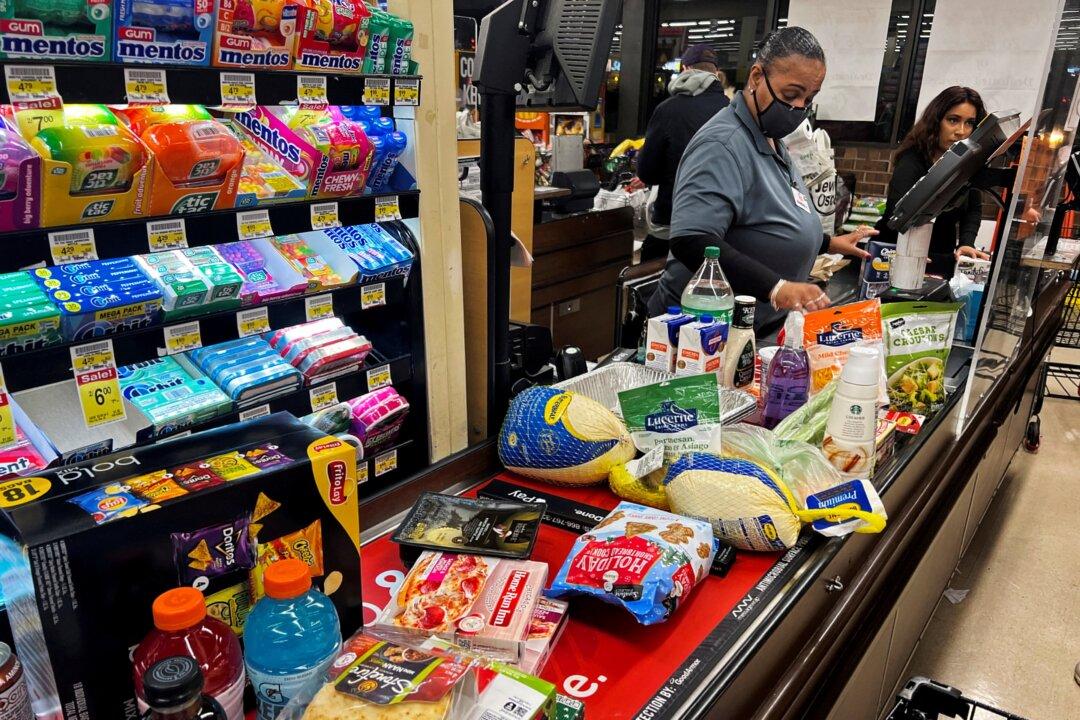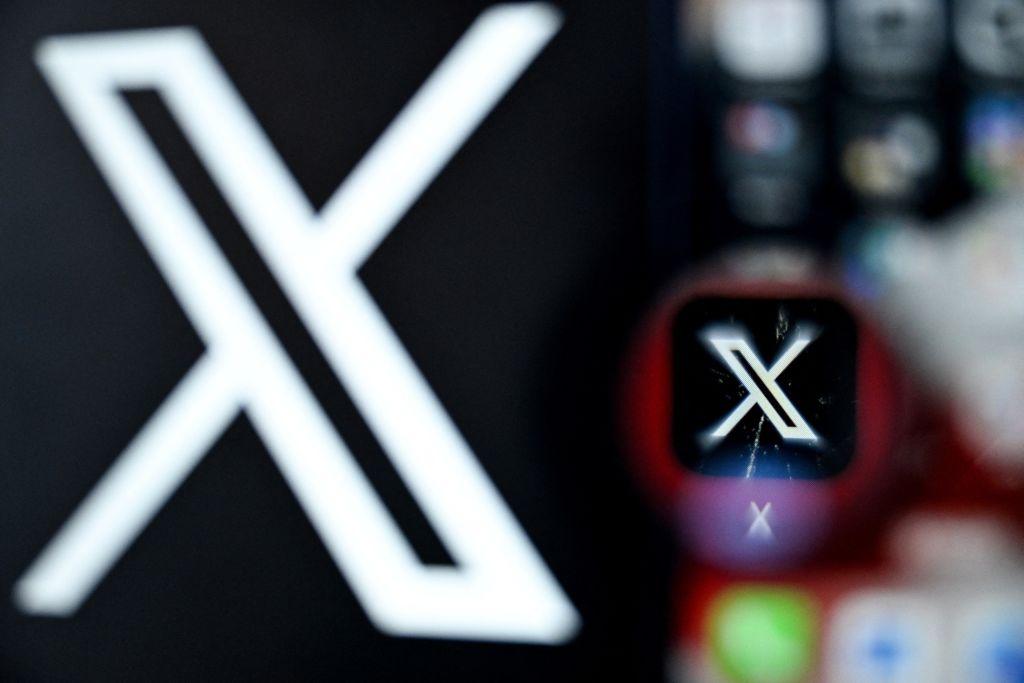The U.S. annual inflation rate surged to 3.4 percent in December 2023 as price pressures continue to be sticky across the marketplace, according to a Bureau of Labor Statistics (BLS) report released on Jan. 11. The latest reading was up from 3.1 percent in November 2023 and topped economists’ expectations of 3.2 percent.
The consumer price index (CPI) rose 0.3 percent on a monthly basis, from 0.1 percent in November; the gain was slightly higher than the consensus estimate of 0.2 percent.





